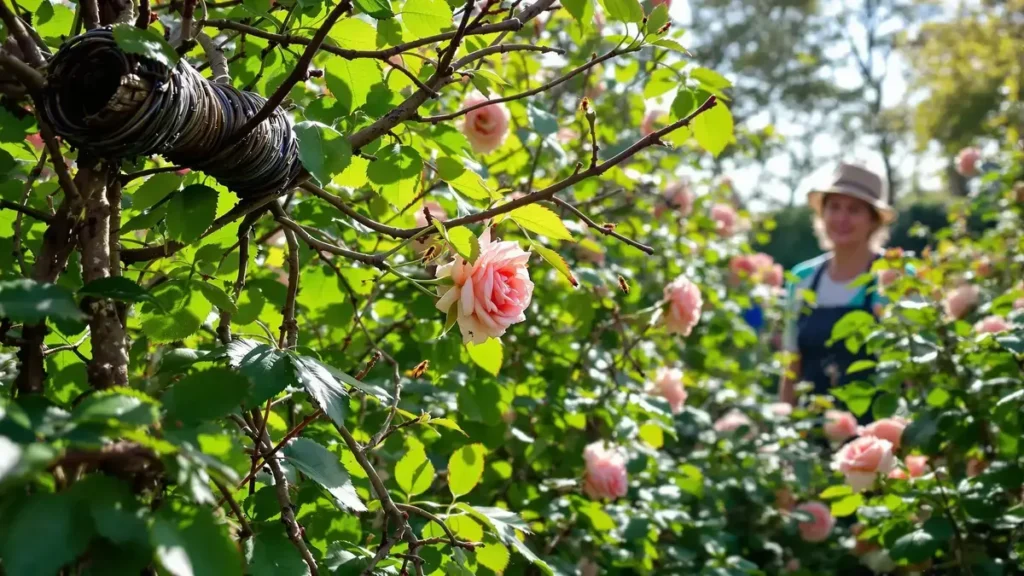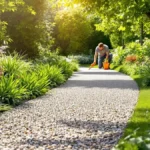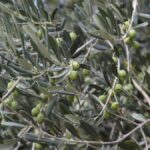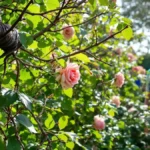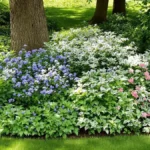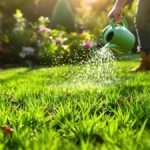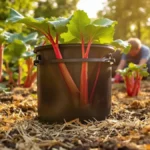The size of rose bushes, given its importance in this late winter, requires special attention to avoid infestations of aphids. Do not throw away the pruned branches, recycle them intelligently by creating habitats for auxiliary insects. By using these branches to attract natural predators, you can preserve your rose bushes and maintain a healthy ecosystem in your garden. Discover the best practices for effective pruning and a thriving garden.
Essential
- Pruning of rose bushes is essential in late winter. Recycle the
- pruned branches to create shelters for insects. Attract natural predators to protect your rose bushes from
- aphids .Replace the
- bundles every year for continued effectiveness. Pruning of rose bushes and its importance
Pruning of rose bushes is a
crucial step that should not be overlooked at the end of winter. It is a crucial time to ensure the health and vigor of the plants. In fact, proper pruning promotes growth and allows rose bushes to produce more abundant and resistant flowers. However, a common mistake is to mismanage pruned branches, which can have negative consequences. Recycling pruned branches
Do not throw away pruned branches! Instead, it is wise to recycle them
creatively . These branches, often considered waste, can be transformed into beneficial resources for your garden. In fact, their reuse is not limited to elimination, but can contribute to the local ecosystem by helping biodiversity.Creating shelters for auxiliary insects
Use branches to create
shelters for auxiliary insects. These structures are essential, as they attract beneficial insects that will contribute to the health of your garden. Auxiliary wasps, for example, are extraordinary allies in the fight against aphid infestations. By providing a habitat for these natural predators, you encourage a favorable ecological balance. Protecting rose bushes from aphids
Aphids are the feared enemies of rose bushes. To protect them, it is essential to attract their natural predators. This is where the importance of insect shelters comes into play. By installing these structures, you will encourage their occupation by auxiliary wasps that will naturally regulate the aphid population in your garden.
branch preparation techniques
Cut the branches into
15-20 cm segments and tie them in bundles of ten. This technique is easy to do and allows for good organization in your garden. The bundles can then be placed strategically to maximize their effectiveness in attracting wasps and other beneficial insects. Placing the bundles in the garden
Once the bundles are prepared, place them in the garden to encourage their occupation by auxiliary wasps. These insects lay their eggs in the branches, allowing their larvae to feed on the aphids that threaten your rose bushes. In this way, a simple act of recycling can have a significant impact on the health of your plants.
Maintenance of insect shelters
It is advisable to replace the bundles every year starting in March for a
continuous effect . This ensures that the shelters remain attractive and useful for beneficial insects. By maintaining this practice, you create an environment favorable to the biodiversity of your garden, while ensuring the protection of your rose bushes.Using dead wood as mulch
Another interesting aspect is to chop dead wood that is too fine to use as mulch. This chop enriches the compost or can serve as
mulch for other parts of the garden. However, it is crucial not to use it under the rose bushes, as it could damage their health by creating unfavorable conditions. Conclusion on the importance of these practices
Yellow leaf on an orchid? Simple gestures that can still save your plant!

